A few weeks ago after seeing StrongFirst Certified Master Instructor, Pavel Macek, do a Goblet Squat with a kettlebell equal to his own bodyweight I had a great conversation with him about achieving such impressive results. He said, “I am stubborn, patient, and I think a lot about the stuff I do when I practice.” The thinking about what he’s doing part really struck me.
During my next training session, I set the goal of being more attentive and realized something during the drop of a heavy kettlebell from the rack after a bent press or from the overhead position after a snatch. How I catch the kettlebell, or more precisely, where I catch the handle in my palm makes a huge difference in my core tension and shoulder position during the subsequent back swing which then affects my performance for the following rep as well as the safety of my spine.
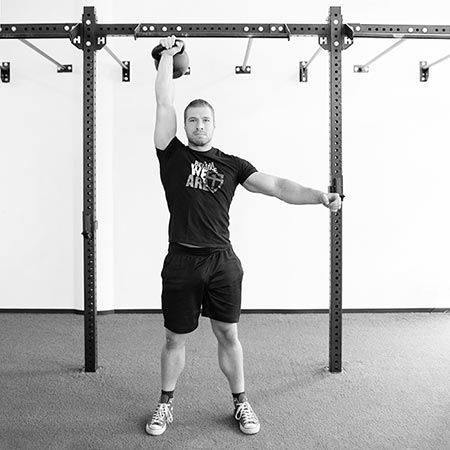
Very often it´s not getting the weight up in the rack or overhead position that´s causing an issue, even with a heavy kettlebell. It´s dropping the weight back down into the back swing for another repetition or to put it down safely that´s the challenge. A firm grip and a strong connection of your arm to the torso is what will give you the necessary stability and confidence.
The Pieces of the Puzzle
While thinking about this, the following puzzle unfolded in front of me:
In his outstanding online course Kettlebell STRONG!, former StrongFirst Certified Master Instructor, Geoff Neupert, explains in the section covering the double kettlebell press how to get stronger by linking up the arm to the body, a process for getting more muscular contraction that starts with your hand and wrist. You´re essentially using the effect Sherrington´s Law of Irradiation to connect your muscles and create a “chain,” starting from the flexor muscles in your forearm, to the triceps and then to the lats, thereby linking the arm up with the body. This is achieved by actively flexing the wrist when pressing or lowering the weight.
Geoff’s point reminded me of what StrongFirst Certified Master Instructor Fabio Zonin taught us at a special workshop about the one-arm kettlebell military press the day before the SFG Level II I attended in 2018: “Your press is only as good as your clean.” One of the key aspects in that regard is to have the handle of the kettlebell rest on the proper spot in your palm after cleaning it, because there are two different pressure points: one underneath the index finger and thumb (which activates the biceps) and one in line with the little finger at the base of the palm (which activates the triceps). With the kettlebell handle resting on the proper spot in your palm, you can reinforce the linking up of the arm with the body.
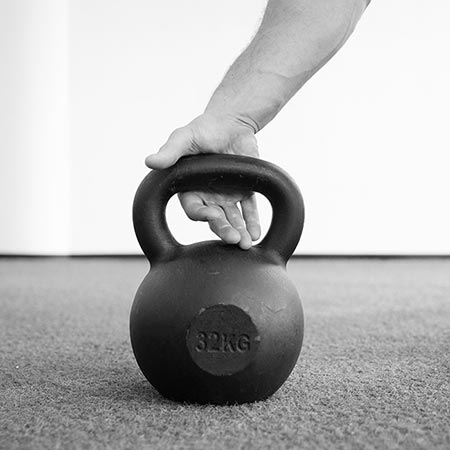
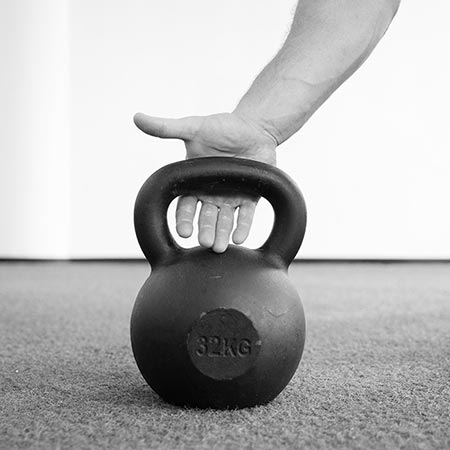
overhead lockout position.
These concepts should sound familiar to everyone who has attended the StrongFirst Bodyweight Workshops or our SFB Certification, because the same ideas are behind using the thumbless grip, the “corkscrew” motion of the arms and elbows, and the visualization of “breaking/bending the bar” in the tactical pullup. Putting more load on the pressure point underneath the little finger, which in turn activates the triceps and lats, thus activating the aforementioned chain.
Using this Linkage for Ballistics
But what does all of this have to do with cleans and snatches? StrongFirst is a principle-based school of strength, and it´s the principles behind these ideas that you can apply to make your kettlebell ballistics stronger and safer.
Catching the handle of the kettlebell in the drop properly will set you up for either a strong and powerful following rep or allow you to safely put the kettlebell down, avoiding unnecessary strain on both your spine and elbow.
If you catch the handle with a focus on grabbing it with the index finger and thumb you´ll engage the pressure point that activates the biceps, increasing the chance of not fully extending your elbow. What´s going to happen if you leave a little slack in your arm (even with a relative light weight, due to the acceleration in the drop) is that the elbow gets pulled into extension—very fast and uncontrolled, resulting in cumulative micro-trauma in the biceps over time and with that an increased risk of injury.
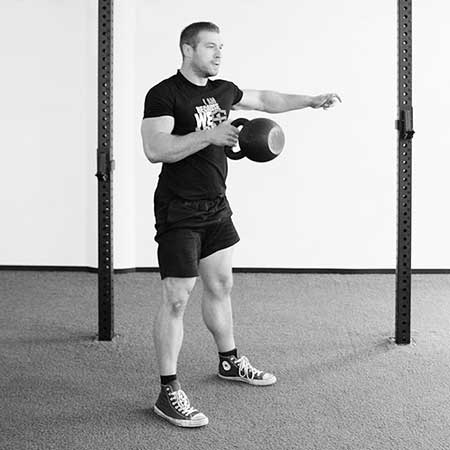
On the other hand, if you put more focus in catching the handle with the little finger side of your palm, you´ll engage the pressure point there, activating the triceps and with that the chain of muscles connecting your arm to your body. This will also help you keep the arm straight, decreasing the strain on your elbow joint and biceps tendon, and allowing for a better contraction of the lats. Properly engaging the lats makes you not only stronger by connecting the working arm with the body, it also creates additional stability in your core and protects your spine by preventing your body from twisting. This is especially important when working with heavy kettlebells. One additional bonus is it will improve your kettlebell ballistic form.
…And from the Bottom-Up
All of this got clear to me when dropping the weight from the rack or the overhead position, but you can and should also apply it when you prepare to clean or snatch a kettlebell. As Fabio says, “Your setup is your first rep.” No load is affecting the body yet. It´s your chance to bring everything into proper position and correct alignment. Also, in this case, there is no pressure from time as there is when the kettlebell is dropping, and you have to react quickly to catch it.
At the press workshop, Fabio noted the importance of getting the handle to lay on the pressure point under the little finger, and to grip it the right way already for the clean. Just like in the drop from overhead, you want to make sure to hold or hook the handle with your fingers in a way that stimulates the pressure point underneath your little finger. So instead of grabbing it too strongly with your thumb and index finger, focus more on loading the outside of your palm. That way you´ll engage the lats, properly pack your shoulders, and powerfully connect your arm to your upper body. This is especially important if you plan to follow your clean with something like a heavy press or bent press.
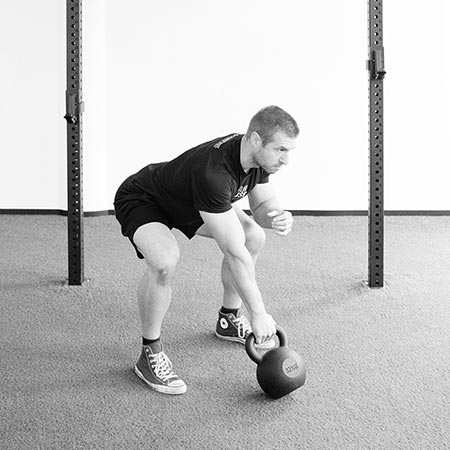
One more detail to make these points easier to access is the angle of the kettlebell handle in your setup. You´ll get a stronger engagement of the lats in the setup for a heavy clean or snatch by turning the handle out to about 45° or what we call the “inverted V grip” that you would use for heavy double kettlebell ballistics. This might seem somewhat counterintuitive since the latissimus internally rotates the shoulder, but the externally rotated position of the humerus opens up the chest and shoulder which makes it easier to pack the shoulder and connect it with the lats. You can get more information about this in the Kettlebell STRONG! online course where Geoff explains the different positions of the kettlebell handle and their effects in great detail.
How to Practice
There is always a learning curve when practicing something new and different from how you normally do it. Practice the ideas presented in this article by adding some specific skill work in the beginning of your training session or on your variety days, depending on the structure of your current program.
Start with the dead-stop clean or snatch. Perform three sets of three to five reps per side. Take a moment in the rack or with the kettlebell overhead to focus on how you want to catch the handle prior to initiating the drop. Before each rep, take your time in the setup to get everything into proper alignment and to adjust your grip accordingly if needed. Once you get more proficient, start to practice the clean or snatch again in continuous fashion, but keep the pause in the rack or in the overhead position to stay focused on catching the weight properly.
If you feel comfortable enough add in one of the following options after the last rep of a set to reinforce the linking up of the body and get to a little extra work for your stability and postural strength:
- Rack Hold/Overhead Hold
- Marching in place
- Rack Walk/Overhead Carry
We all love to lift heavy weights. But when practicing a skill, it´s important to use a weight that you can move with confidence. Take your time when practicing these ideas, especially if they are new to you. Over time you´ll get better at them and do everything more and more intuitively. Always remember that “strength is a skill” meaning the same placement of the handle in your palm and activating the proper pressure points applies to other exercises, be it kettlebell, barbell, or bodyweight training.
Lastly, I want to encourage you to truly pay attention in your training. You’ll be amazed by what you discover when you take a mindful and dedicated approach to your training. Never forget that deliberate practice is what leads to great results.
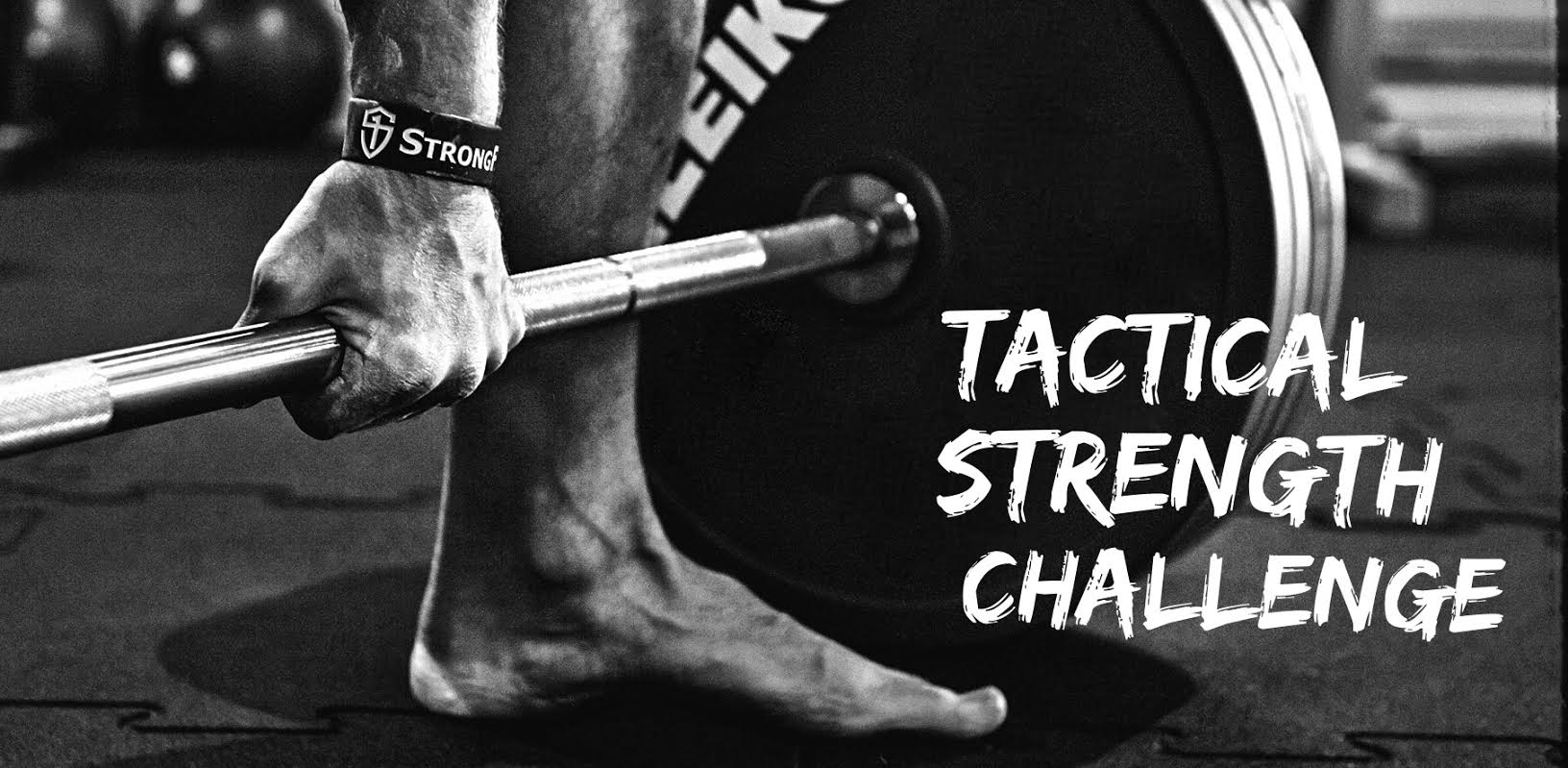
If you lack a specific goal, the time you spend training may easily become a collection of random acts. The StrongFirst Tactical Strength Challenge™ is a goal worthy of your efforts.
The next TSC
(Competition Edition)
is scheduled for Saturday,
October 30, 2021.
Participant registration is open through the date of the event!
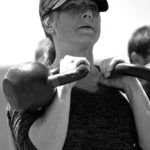
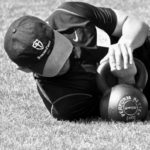
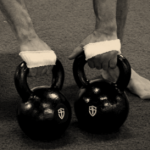
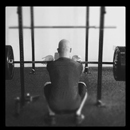
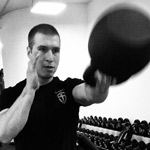

Great insight! I will be applying this to my cleaning and pressing this week. Thank you.
Thank you, Sven. Very clear instructions and very insightful on the pressure point of the little finger. Definitely paying extra attention to that with myself and my students.
Cheers!
Excellent article, super helpful and perfectly exemplifies the ‘inch wide and mille deep’ principle. Thank you!
This was a very insightful article and helped my clean technique immensely!